Leech House is an old term for Hospital. This blog will feature medical historical arts and images that can be purchased as posters, art prints in my Redbubble store.
Don't wanna be here? Send us removal request.
Text
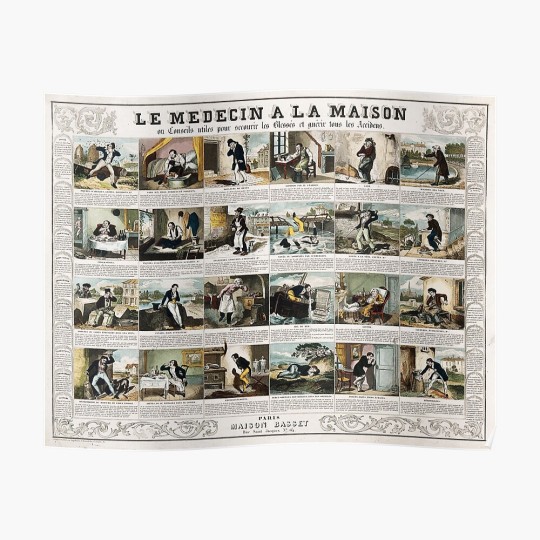
A broadsheet illustrating 24 maladies and giving remedies. Coloured line block by F. Laguillermie and Rainaud.
3 notes
·
View notes
Text
Dr Seth Arnold’s Cough Killer, in which the active ingredient was morphine, a highly-addictive opioid. It wasn’t until 1906, when President Theodore Roosevelt signed the Pure Food and Drug Act into law, that drug manufacturers were required to print active ingredients on packaging labels.
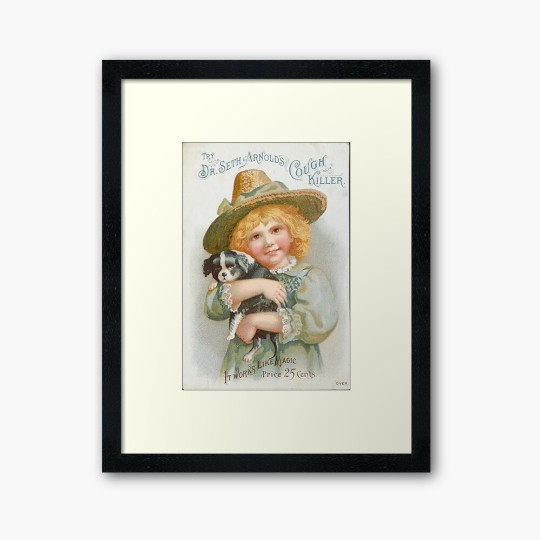
#medical paintings#medical facts#vintage medicine#medical art#medical history#vintage portrait#vintage art#cough medicine#medications#apothecary
2 notes
·
View notes
Text
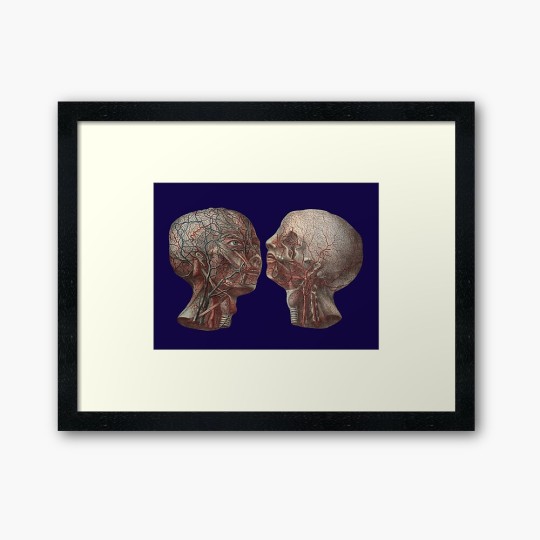
Anatomy of the head by Gautier Dagoty (1717-1785)
2 notes
·
View notes
Text
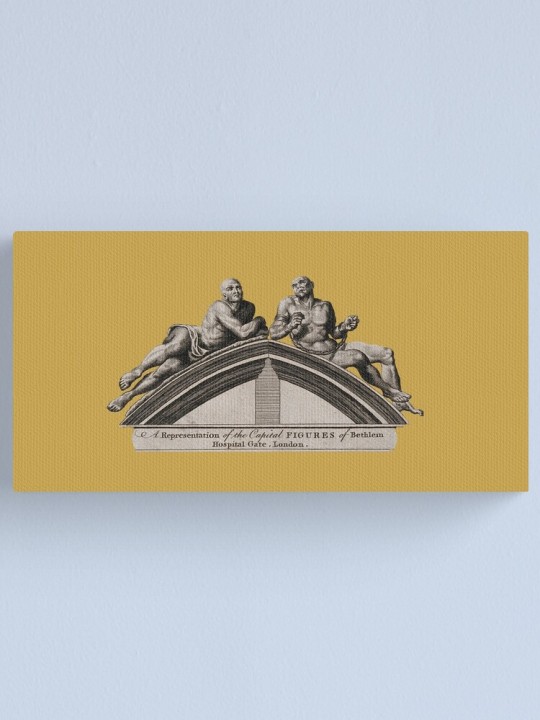
Formerly crowning the gates at Bethlem [Bedlam] Hospital.
Bethlem was founded in 1247 and, through its history, reflected contemporary views on treating and caring for people with mental illness. Bethlem Royal Hospital was England’s first asylum for treating mental illness, and for many years a place of inhumane conditions, the nickname of which – Bedlam – became a byword for mayhem or madness.
#medical paintings#medical history#medical art#medical facts#vintage anatomy#vintage portrait#vintage art
1 note
·
View note
Text

Edward Jenner vaccinating a young child, held by its mother, with a man behind taking cowpox from a cow. Chromolithograph.
#vintage medicine#medical paintings#medical art#vintage anatomy#vintage art#smallpox#edward jenner#vaccine#vaccine history
6 notes
·
View notes
Text
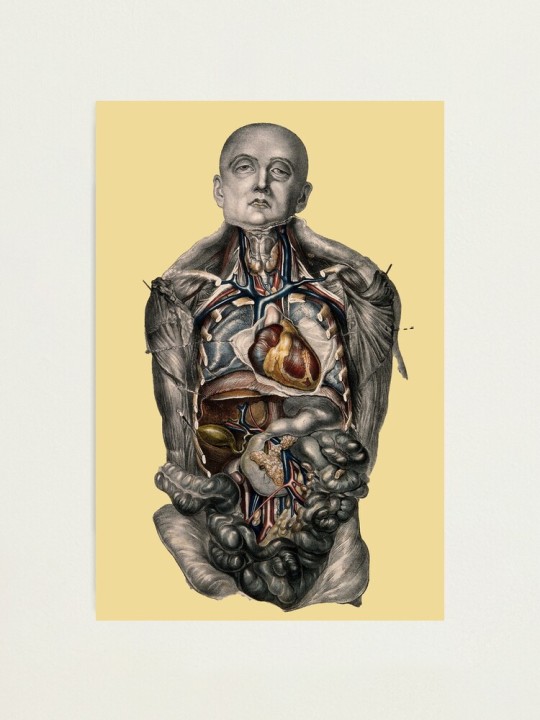
The body of a standing man with his head shaved and his trunk dissected to reveal the ribs and viscera.
Coloured lithograph by William Fairland, 1869.
#medical paintings#vintage medicine#medical history#medical art#vintage anatomy#vintage art#vintage portrait
6 notes
·
View notes
Text
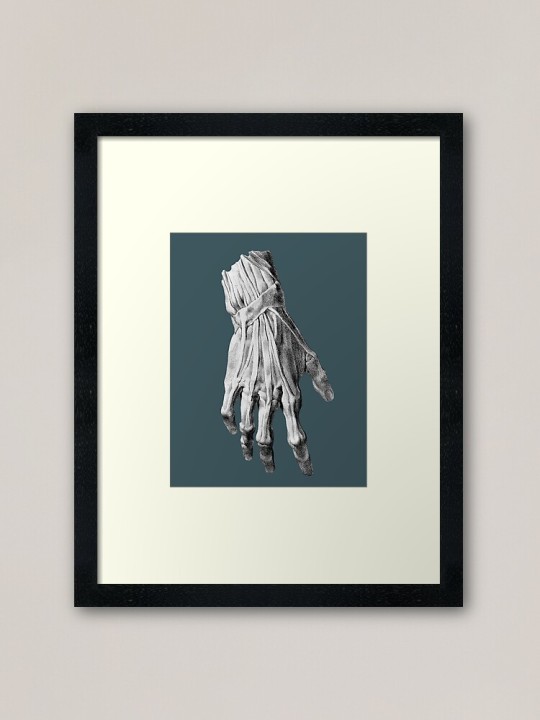
The anatomy of the bones and muscles by George Simpson
#vintage anatomy#anatomy art#vintage medicine#vintage art#medical paintings#medical art#surgical art#surgery#muscles#george simpson
6 notes
·
View notes
Text
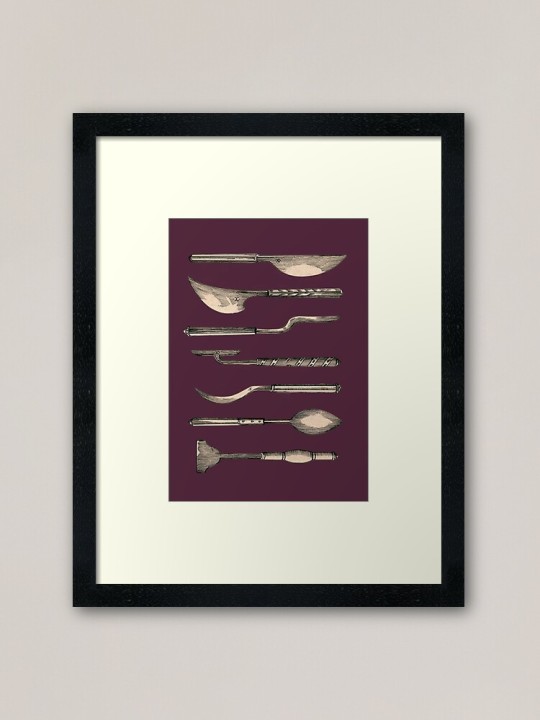
Surgical Instruments: seven figures
7 notes
·
View notes
Text
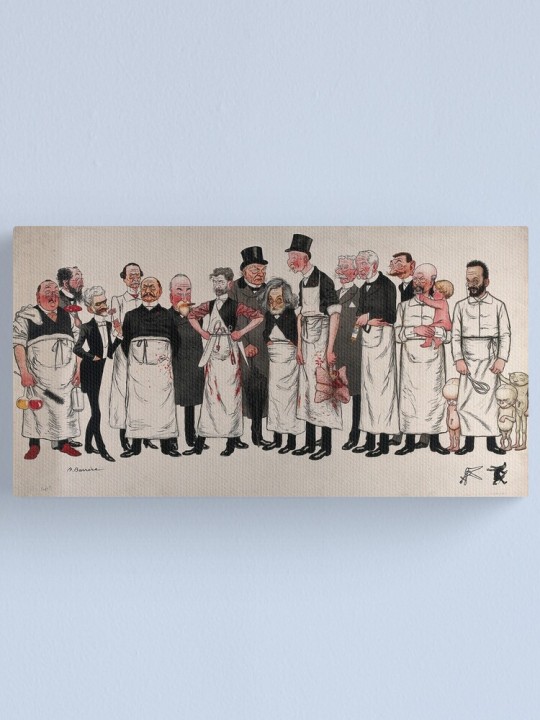
Fifteen French doctors wearing aprons and holding various by Adrien Barrère
Left to right: André Chantemesse; Anne Gabriel Pouchet, holding toadstool; Paul Julien Poirier, in white tie holding a flower; P. Georges Dieulafoy; Maurice-Georges Debove; Paul C.H. Brouardel, smoking cigar; Samuel J. Pozzi, with saw and other surgical instruments; Paul Jules Tillaux, in an overcoat and top hat; Georges Hayem; André Victor Cornil, holding heart and lungs; Paul Berger; Jean-Casimir-Félix Guyon, holding syringe; Pierre-Émile Launois; Adolphe Pinard, holding baby; Pierre Constant Budin, with foetuses and forceps. To the right below, exit Father Time pursued by a proctoscope.
#vintage medicine#vintage portrait#vintage art#medical paintings#medical art#surgeon#surgery#doctors
1 note
·
View note
Text
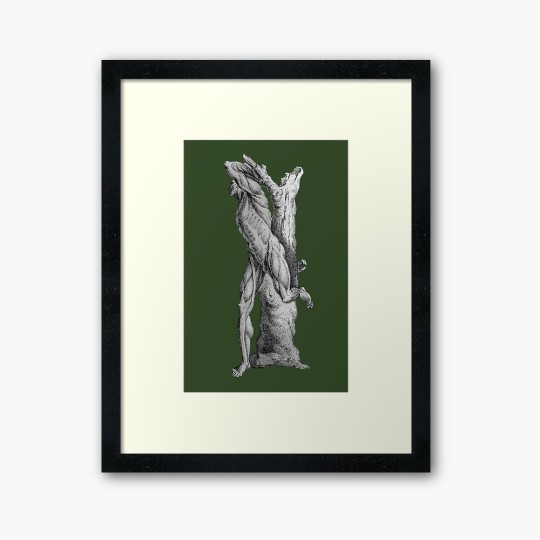
The anatomy of the human body
3 notes
·
View notes
Text
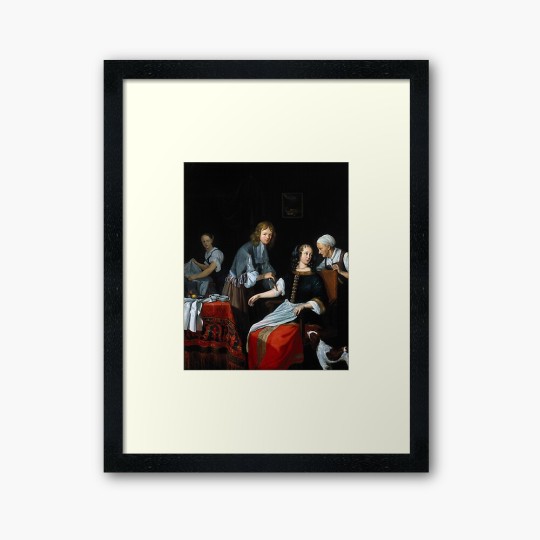
A Surgeon Binding up a Woman's Arm after Bloodletting
Jacob Toorenvliet (c.1635–1719)
Bloodletting from a vein was recommended when the hot and the wet were considered excessive, either in the body as a whole or in a particular part of the body. The surgeon would typically pierce a vein with the tip of a lancet blade, and collect the blood in a bowl. Two such bowls are shown on the table in the painting. The surgeon is either undoing a tourniquet that was used to collect the blood in the forearm or bandaging the incision.
#medical history#medical facts#medical art#medical paintings#vintage medicine#bloodletting#blood donation#phlebotomy#surgeon
3 notes
·
View notes
Text
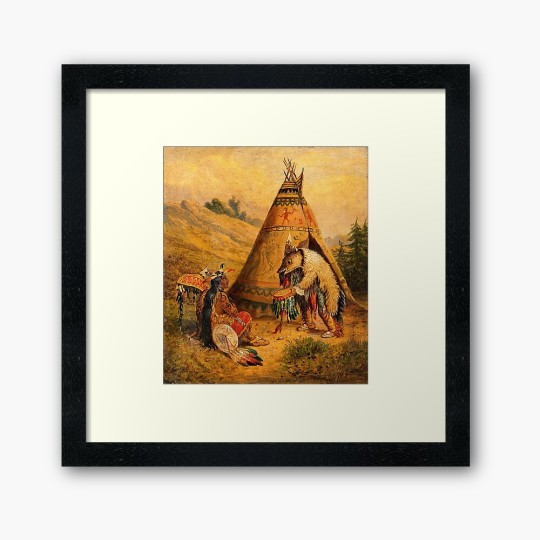
A Native American medicine man. Oil painting.
Catlin, George, 1796-1872
1 note
·
View note
Text
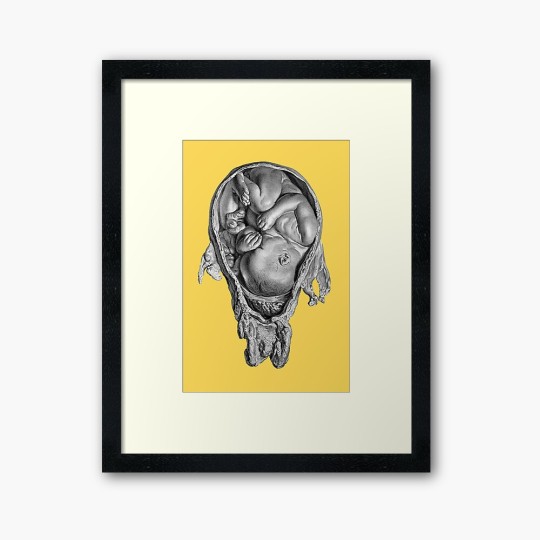
Anatomy of the human gravid uterus exhibited in figures by William Hunter
#medical art#medical paintings#vintage medicine#pregnancy#gynecology#obstetrician#fetal development#William hunter
3 notes
·
View notes
Text
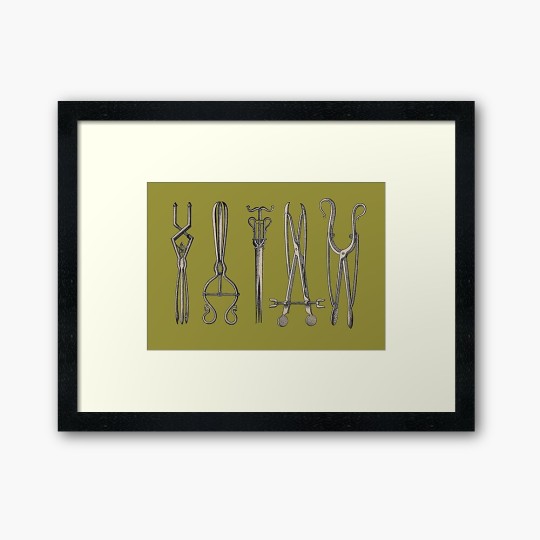
Surgical Instrument
2 notes
·
View notes
Text
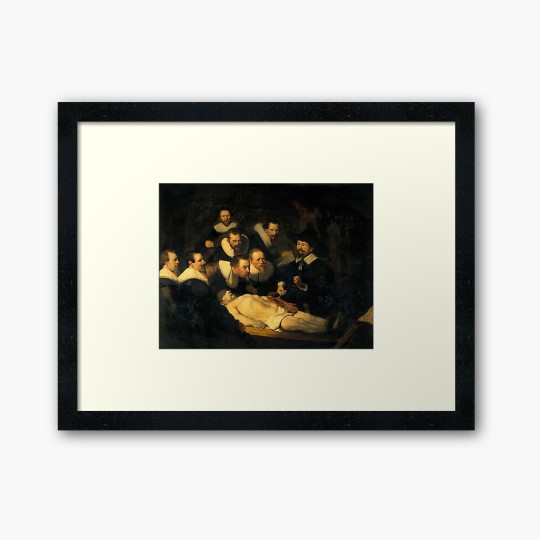
The Anatomy Lesson of Dr. Nicolaes Tulp
The Anatomy Lesson of Dr. Nicolaes Tulp is a 1632 oil painting on canvas by Rembrandt housed in the Mauritshuis museum in The Hague, the Netherlands. The painting is regarded as one of Rembrandt's early masterpieces.
In the work, Nicolaes Tulp is pictured explaining the musculature of the arm to a group of doctors. Some of the spectators are various doctors who paid commissions to be included in the painting. The painting is signed in the top-left-hand corner Rembrandt. f[ecit] 1632. This may be the first instance of Rembrandt signing a painting with his forename (in its original form) as opposed to the monogram RHL (Rembrandt Harmenszoon of Leiden) and is thus a sign of his growing artistic confidence. (Wikipedia)
#Dr. Nicolaes Tulp#medical paintings#medical art#medical facts#medical history#vintage art#oilportrait#vintage portrait
2 notes
·
View notes
Text

The anatomy of the human body by William Cheselden.
2 notes
·
View notes
Text

The Dance of Death
A German painting of the Danse Macabre. Nine women of different social rank from empress to fool dance with the dead. The entire economy of salvation is depicted, from the Fall, through the crucifixion, to Heaven and Hell. Twelve more traditional Dance Macabre figures, from pope and emperor down to fool, surround the central image.(Wikepedia)
4 notes
·
View notes